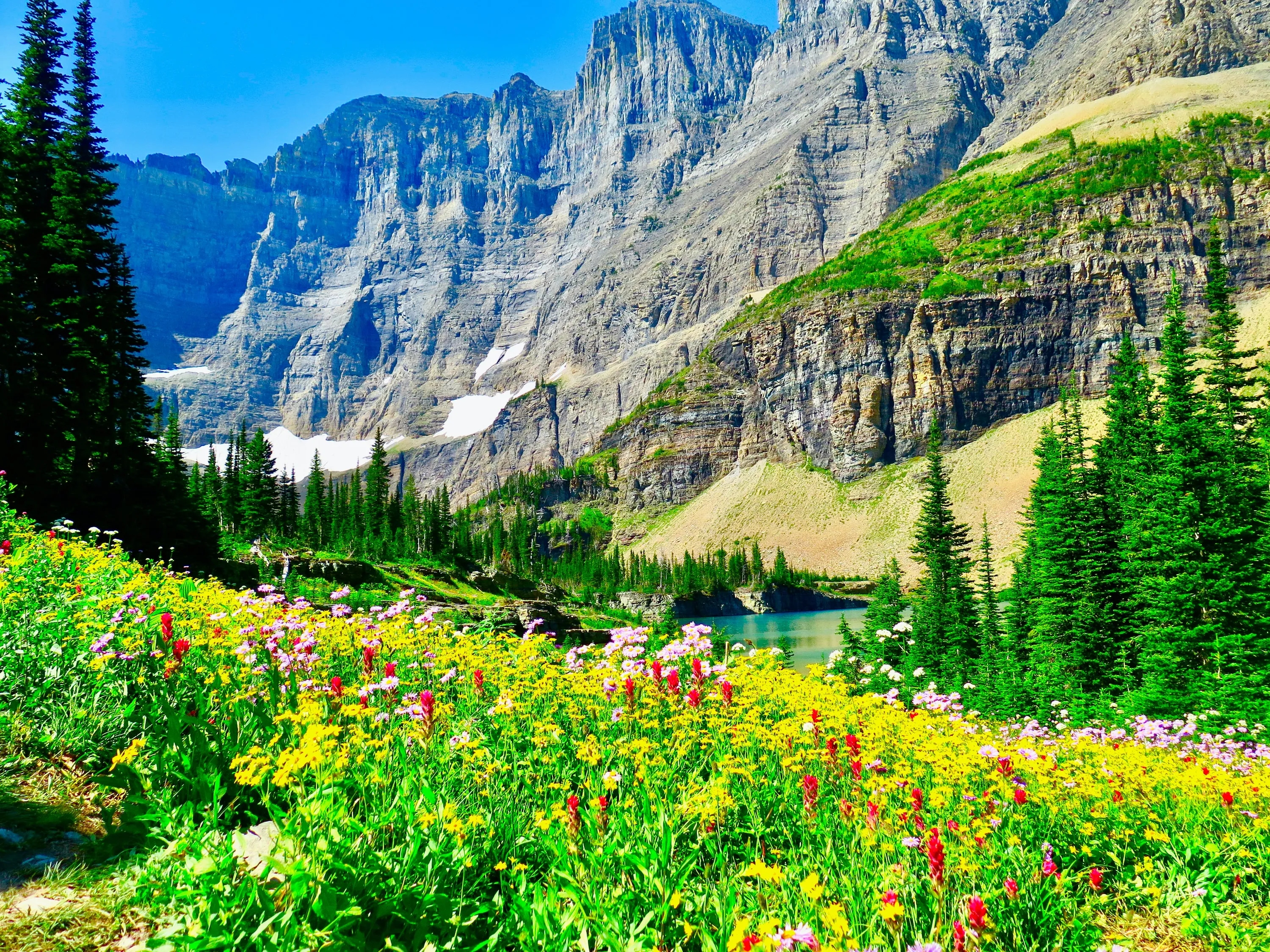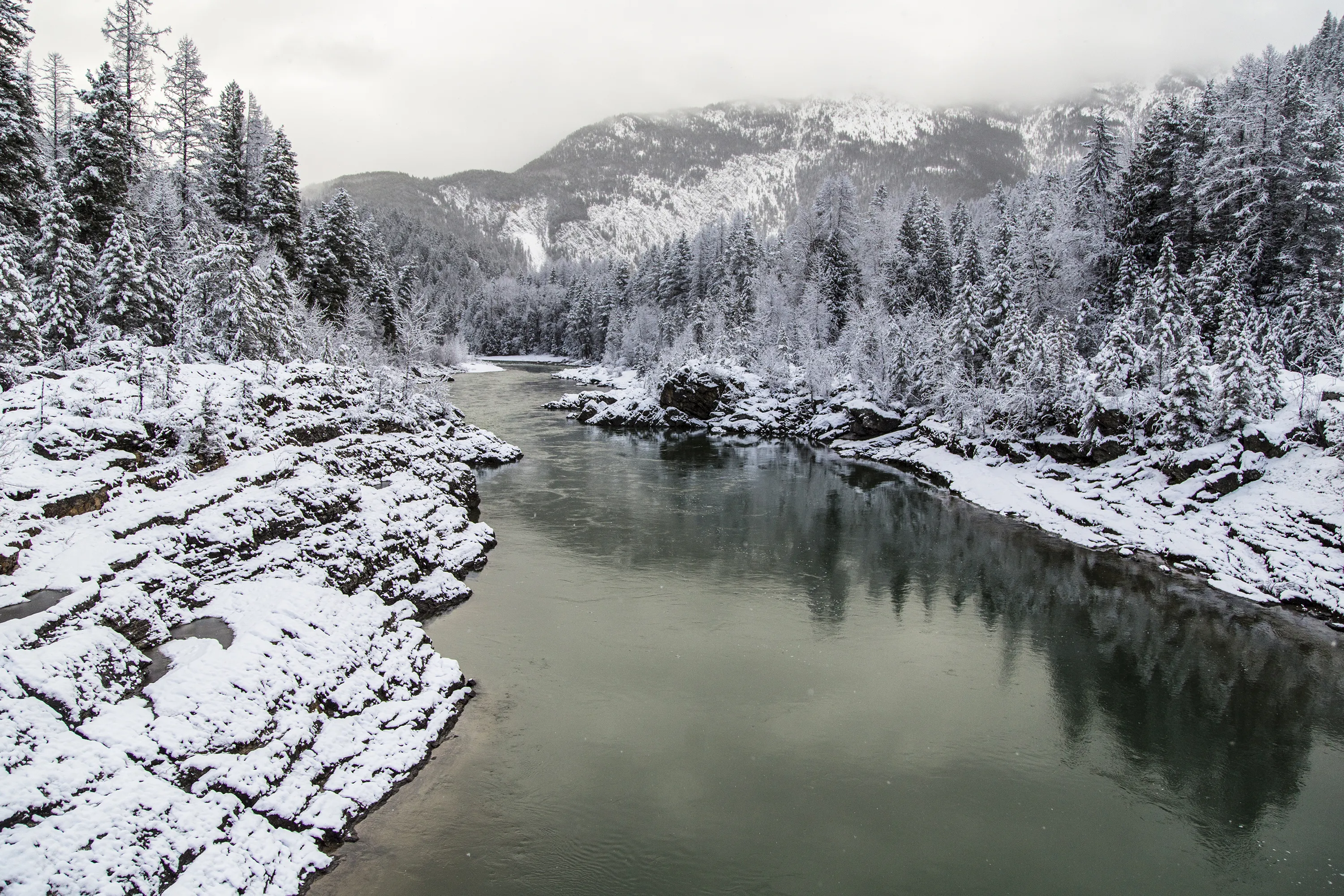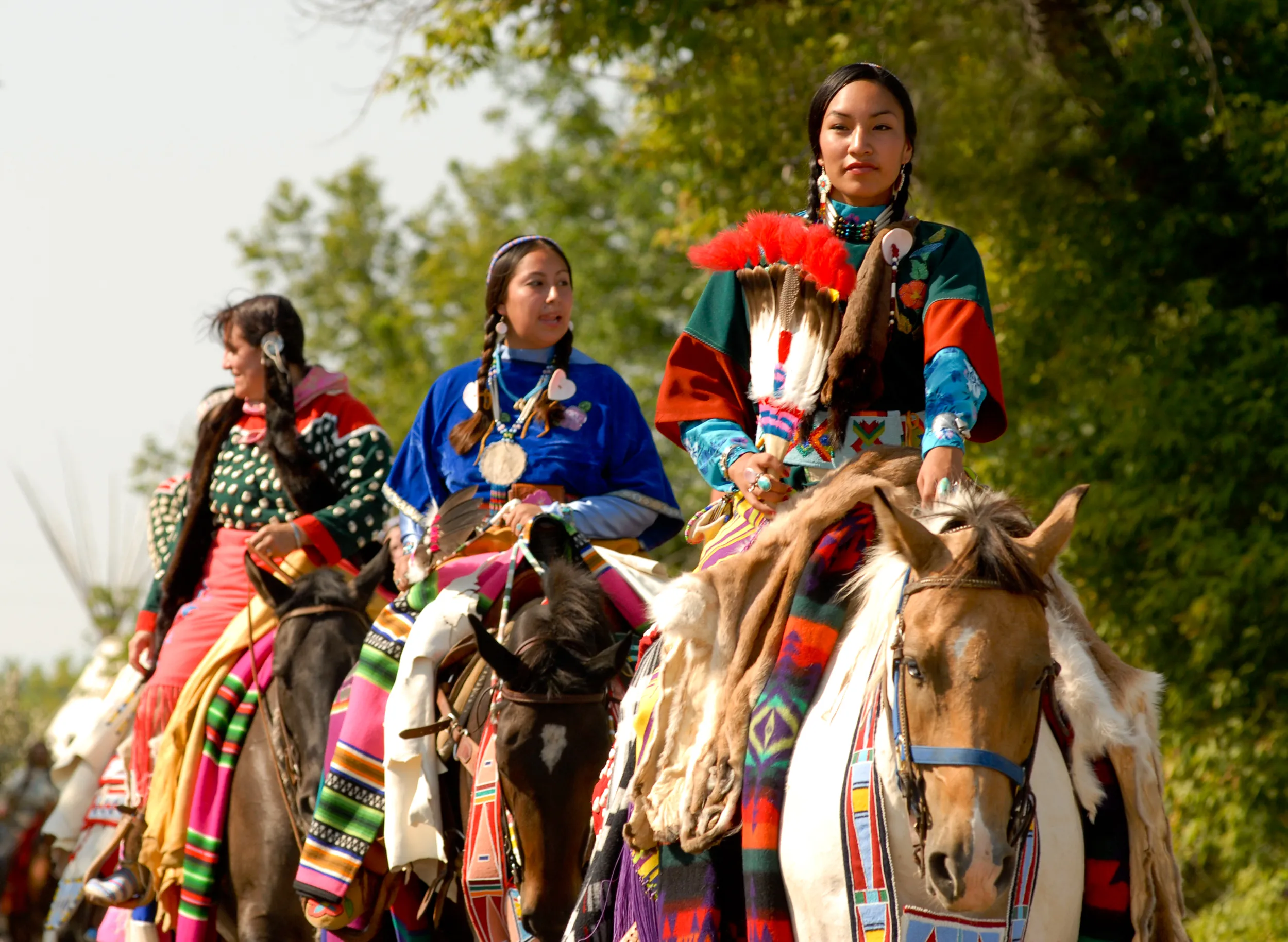Montana, nicknamed “Big Sky Country” and “The Last Best Place,” is renowned not only for its majestic natural landscapes but also as a haven for wildlife enthusiasts. This state boasts diverse ecosystems, from towering mountains and dense forests to vast grasslands, providing ideal conditions for countless animal species to thrive. If you are passionate about exploring the natural world and eager to witness rare wildlife in their natural habitats, Montana is undoubtedly a destination you cannot miss.
Montana prides itself on having some of the most abundant wildlife conservation areas in North America. From world-famous national parks like Yellowstone and Glacier to expansive national forests and lesser-known wilderness preserves, each location offers unique experiences and opportunities to encounter distinctive wildlife species. This article will guide you through the top areas for wildlife viewing in Montana, providing useful information to ensure you have a fulfilling and memorable trip.
Glacier National Park – Kingdom of Bears and Mountain Goats
Glacier National Park, known as the “Crown of the Continent,” is one of the most pristine and diverse ecosystems in North America. It is not only famous for its spectacular glaciers, crystal-clear lakes, and towering mountains but also home to over 70 mammal species and hundreds of bird species. With an expansive area of over 4,000 square kilometers, Glacier offers countless opportunities for visitors to explore and admire wildlife in their natural habitats.
One of the iconic animals of Glacier National Park is the grizzly bear. Glacier boasts one of the largest grizzly bear populations in the United States, and visitors have the chance to spot them in the wild, especially during the summer and fall when bears are actively foraging to prepare for winter. Besides grizzly bears, visitors may also encounter black bears, Canadian lynx, wolverines, and especially white mountain goats – creatures frequently seen on steep cliffs and high mountain slopes.

To increase your chances of wildlife observation in Glacier, you should spend time hiking on the park’s trails. Trails like Hidden Lake Trail, Grinnell Glacier Trail, and Highline Trail are famous for their stunning scenery and wildlife viewing opportunities. Remember to bring binoculars and maintain a safe distance from animals to ensure safety for both you and them. The best time to observe wildlife in Glacier is in the early morning or late afternoon, when they are most active.
Yellowstone National Park (Montana Section) – Convergence of Bison and Elk
Yellowstone National Park, the world’s first national park, spans three states, with a significant portion located in Montana. Yellowstone is famous for its geysers, hot springs, and unique volcanic landscapes, but it is also one of the most diverse and abundant wildlife areas in North America. The Montana section of Yellowstone is home to many large animal species, including bison, elk, deer, gray wolves, black bears, and various bird and fish species.
Bison are one of the main attractions of Yellowstone. The park has the largest and oldest wild bison herd in the United States. Visitors can easily spot herds of bison leisurely grazing in vast meadows or crossing roads. Elk are another common animal in Yellowstone, often found in forested and riverside areas. In the fall, visitors may hear the distinctive bugling calls of male elk during the mating season.

Besides bison and elk, Yellowstone is also one of the few places in the United States where you can observe gray wolves in the wild. The gray wolf reintroduction program in Yellowstone in the 1990s was highly successful, and today the park is home to many healthy wolf packs. Although spotting gray wolves requires patience and luck, it is an incredibly rewarding experience for wildlife enthusiasts. Areas like Hayden Valley and Lamar Valley in Yellowstone are known for offering the best wolf-watching opportunities.
Flathead National Forest – Hidden Paradise of Grizzlies and Canadian Lynx
Flathead National Forest, located just south of Glacier National Park, is a vast and lesser-known wilderness area, but it boasts an incredibly rich wildlife ecosystem. Covering over 10,000 square kilometers, Flathead encompasses high mountain ranges, dense forests, lakes, and rivers, creating an ideal habitat for many animal species, including grizzly bears, Canadian lynx, elk, and Bighorn sheep.
Flathead National Forest is one of the most important areas for grizzly bear conservation in North America. The grizzly bear density in Flathead is considered higher than in many other areas, and visitors have a good chance of encountering them when exploring this forest. Canadian lynx, a rare and elusive wild cat, is also a special resident of Flathead. Although Canadian lynx are very difficult to spot due to their shyness and reclusive lifestyle, Flathead is considered one of the best places in the United States to have a chance to see this animal in the wild.

To explore wildlife in Flathead National Forest, you can choose to hike, camp, or kayak on Flathead Lake. Areas like Bob Marshall Wilderness and Mission Mountains Wilderness within Flathead National Forest are particularly famous for their pristine beauty and wildlife viewing opportunities. Prepare thoroughly for your trip, including bringing maps, compass, camping gear, and bear spray if you plan to venture deep into the wilderness.
National Wildlife Refuges – Stopover for Migratory Birds
Montana is not only famous for large mammals but also a significant destination for bird lovers. The state lies on the flyway of many migratory bird species, and numerous national wildlife refuges have been established to protect habitats for birds and other wildlife. Refuges like National Bison Range, Lee Metcalf National Wildlife Refuge, and Red Rocks Lakes National Wildlife Refuge are excellent locations for bird watching and observing smaller wildlife species.
National Bison Range, near Moiese, Montana, was originally established to conserve bison, but today it is also home to many other animal species such as Bighorn sheep, deer, pronghorn, and coyotes. However, the main attraction of this refuge for bird lovers is the diversity of bird species that live and migrate through here. In spring and fall, you can observe thousands of migratory birds such as sandhill cranes, Canada geese, mallards, and many other waterfowl.

Lee Metcalf National Wildlife Refuge, near Stevensville, Montana, is an important wetland refuge, attracting many waterfowl, shorebirds, and raptors. Red Rocks Lakes National Wildlife Refuge, south of Dillon, Montana, is famous as a breeding ground for the rare Trumpeter swan and also a haven for many other waterfowl and shorebirds.
Tips for an Amazing Wildlife Viewing Experience in Montana
To have a successful and memorable wildlife viewing trip in Montana, keep these tips in mind:
- Plan ahead: Research the areas with the most abundant wildlife and the best times to observe each species.
- Go early morning or late afternoon: Wildlife is usually most active at these times of day.
- Use binoculars and cameras with zoom lenses: This helps you observe animals from a distance without disturbing them.
- Maintain a safe distance: Never approach wildlife closely, especially bears, wolves, and bison.
- Carry bear spray when hiking in bear country: Learn how to use bear spray properly and always carry it with you when entering bear habitat.
- Respect the natural habitat: Do not feed animals, litter, or make loud noises that could disturb wildlife.
- Learn about animal signs and behavior: This helps you recognize the presence of animals and better understand how they live in the wild.
- Join guided tours: Local guides have experience and extensive knowledge of wildlife, helping you increase your chances of observation and learn many interesting things.
Conclusion
Montana is truly a priceless treasure for nature and wildlife enthusiasts. With vast and diverse conservation areas, Montana offers a unique opportunity to explore the pristine natural world and admire rare wildlife in their natural habitats. From the majestic mountains of Glacier National Park to the vast grasslands of Yellowstone and the mysterious national forests, every corner of Montana holds wonders waiting for you to discover. Plan your Montana trip today and prepare for unforgettable experiences as you immerse yourself in the incredible wilderness of this place.
